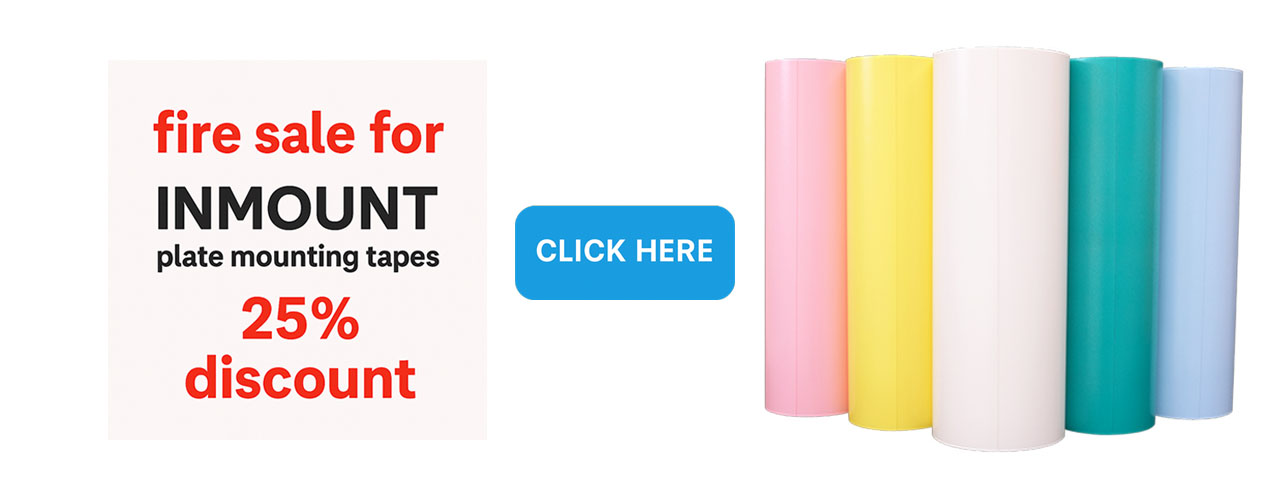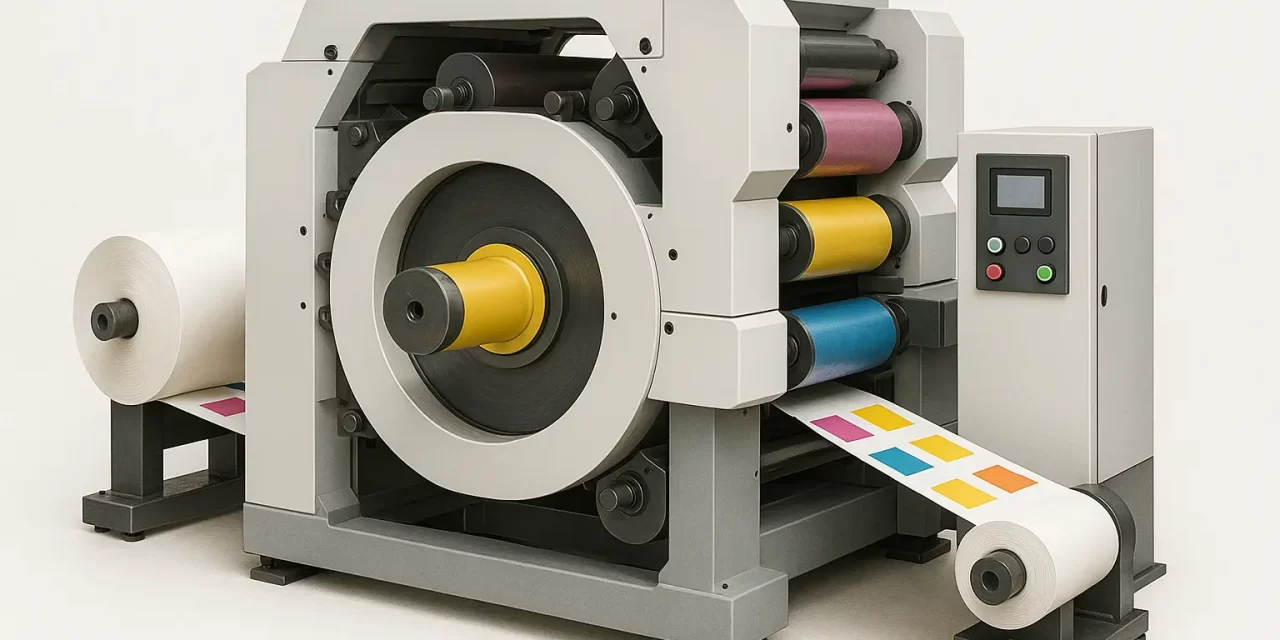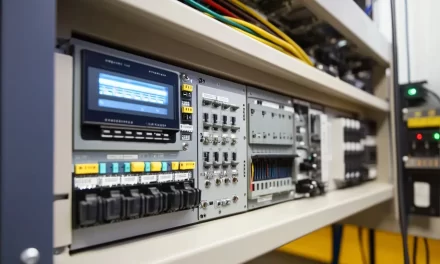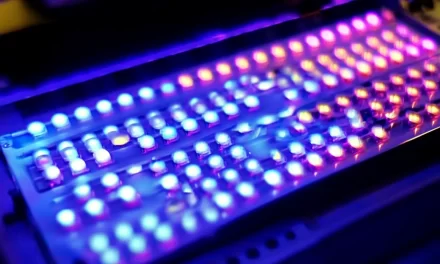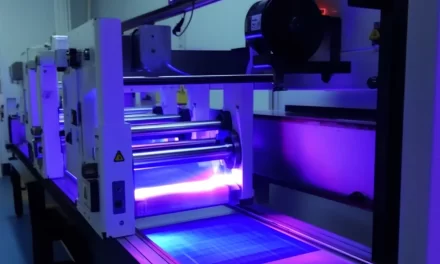As the demand for high-speed, high-quality packaging production grows across industries, flexographic printing has evolved to meet modern challenges. Among its most impactful innovations is the rise of satellite printing stations, also known as Central Impression (CI) presses.
These configurations have become the go-to solution for converters handling flexible packaging, films, and other demanding substrates. But what exactly are satellite printing stations? And why are they considered a cornerstone of modern flexographic efficiency?
In this in-depth article, we’ll break down the design, benefits, and best use cases for satellite printing stations in flexographic printing, guiding you through their structure, performance advantages, and how to optimize them in your pressroom setup.
What Are Satellite Printing Stations?
Satellite printing stations refer to a flexographic press configuration where multiple printing decks are arranged around a single, large, central impression cylinder—the “satellite” around which the color units orbit.
Unlike in-line or stack-type presses where substrates move horizontally or vertically between printing units, CI presses maintain the substrate in close contact with a central drum. This core cylinder keeps the web stable as it rotates through each color unit, ensuring precise registration across the entire print run.
Anatomy of a Satellite (CI) Flexographic Press
A satellite flexo press typically includes:
- Central Impression Cylinder (CI Drum): The heart of the press. Its large diameter allows the substrate to remain under tension and in contact as it receives color from each unit.
- Multiple Color Units (Decks): Usually 6 to 10, each applying one color layer. Positioned symmetrically around the CI drum.
- Drying Stations: Between color units, these rapidly dry ink to prevent smudging or offsetting.
- Infeed & Outfeed Sections: Manage web tension and guide the substrate into and out of the CI area.
The design is compact, mechanically synchronized, and optimized for high-speed printing on flexible materials.
Why Are They Called “Satellite” Printing Stations?
The term “satellite” comes from the orbital arrangement of color decks around the central drum—much like moons around a planet. This structure keeps all print units anchored to the same core, making movement and registration tightly controlled.
It’s a visual and mechanical metaphor that perfectly captures their function: centralized control with rotational precision.
Applications of Satellite Printing Stations
CI presses with satellite printing stations are best suited for:
- Flexible packaging (pouches, films, bags)
- Shrink sleeves
- Plastic wraps
- Barrier films for food and pharma
- Label stock and unsupported substrates
These substrates tend to stretch or deform during printing. Satellite configurations prevent this by minimizing the distance between decks, maintaining even tension, and reducing substrate flutter.
Key Advantages of Satellite Printing Stations
1. Unmatched Registration Accuracy
Because the substrate stays in contact with the same impression drum throughout the print cycle, registration between colors is incredibly precise—even at speeds of 500–600 meters per minute.
No other press configuration can match the tight tolerance of CI presses, especially on stretch-sensitive materials.
2. Superior Print Quality on Thin Substrates
Films like polyethylene, polypropylene, and other flexible materials are prone to distortion. Satellite printing stations allow these to be printed without excessive web handling, reducing the chance of defects.
This is why satellite presses dominate in the flexible packaging and film market.
3. Compact Web Path
A short, curved web path means:
- Less ink dry-back variation
- Faster color-over-color printing
- Reduced risk of misalignment
- Faster setup and reduced waste
Shorter web paths also lead to quicker registration lock-ins, meaning jobs start producing sellable prints sooner.
4. High-Speed Capability
CI presses are built for speed. Most satellite systems can run between 400–800 m/min, depending on material and complexity. When combined with fast-drying inks (like UV or EB), the result is high throughput without compromising quality.
5. Consistency Over Long Runs
In satellite designs, the mechanical consistency of the CI drum ensures uniform pressure, stable web tension, and color fidelity across extended runs.
For large-volume packaging jobs, this translates to fewer restarts, less downtime, and greater profitability.
Challenges of Satellite Printing Stations (and How to Overcome Them)
No solution is without its caveats. Here’s what to watch out for:
Drying Between Color Stations
Because decks are arranged closely, space for dryers is limited. Inadequate drying can lead to ink smudging or blocking.
Solution: Use efficient interstation drying systems—hot air, IR, UV, or combinations. Optimize air direction and dwell time.
Limited Substrate Access
Since everything revolves around the CI drum, it can be tricky to access specific color units during production.
Solution: Invest in presses with swing-out decks, automatic sleeve changes, or retractable platforms to reduce downtime.
Higher Initial Cost
CI satellite presses are more expensive than stack or in-line configurations. But their ROI comes from reduced waste, higher throughput, and consistent quality.
Solution: Analyze job types. If you handle high-volume or flexible substrates, the return will justify the investment quickly.
Satellite Printing Stations vs Other Press Configurations
| Feature | Satellite (CI) Press | Stack Press | In-Line Press |
|---|---|---|---|
| Registration Accuracy | Excellent | Moderate | Good |
| Speed Capability | High (600+ m/min) | Medium | Medium |
| Footprint | Compact | Taller/vertical | Long horizontal |
| Ideal Substrates | Flexible film, shrink sleeves | Paper, corrugated | Labels, cartons |
| Setup Time | Fast | Slower | Moderate |
| Ease of Maintenance | Moderate | Easy | Easy |
CI presses with satellite stations are clearly superior for flexible and high-speed jobs, while stack and in-line presses suit more rigid substrates or narrow web applications.
Optimizing Performance of Satellite Printing Stations
To get the most from your satellite setup:
Automate Pre-Register and Color Matching
CI presses can now integrate camera-based pre-register systems and inline spectrophotometers, minimizing setup waste and ensuring precise color accuracy.
Invest in Sleeve Technology
Use lightweight sleeves for plate and anilox mounting, enabling faster changeovers and reduced downtime between jobs.
Keep Your CI Drum Clean and Calibrated
Since all impressions depend on this drum, ensure it’s kept free of contaminants, scratches, or uneven wear. Regular calibration checks are a must.
Monitor Temperature and Humidity
CI presses are sensitive to thermal expansion—both in the drum and substrate. Environmental consistency ensures smoother runs.
Case Study: Efficiency with Satellite Stations
A global packaging converter in Brazil upgraded from dual in-line presses to a CI satellite press with 8 decks. Within 6 months:
- Setup time dropped by 35%
- Ink waste fell by 20%
- Production speeds increased by 25%
- They landed a major contract with a snack brand requiring tight registration on metallized film
The satellite configuration allowed them to meet color and timing specs that would’ve been impossible with their old layout.
Conclusion: Satellite Printing Stations Are the Future of Flexo Efficiency
In the high-speed, high-stakes world of modern flexographic printing, satellite printing stations deliver unmatched advantages in precision, consistency, and speed. As substrates get thinner, print runs get shorter, and client expectations soar, this centralized, high-performance configuration is a game-changer.
Whether you’re printing snacks, pharmaceuticals, shrink sleeves, or barrier pouches, a CI press with satellite stations helps you stay competitive, profitable, and future-ready.
It’s not just about more colors—it’s about more control.

